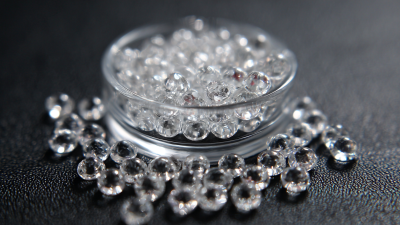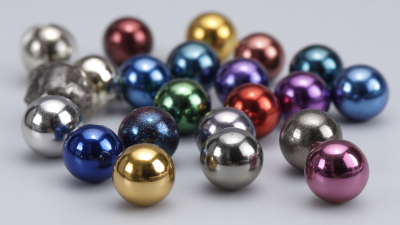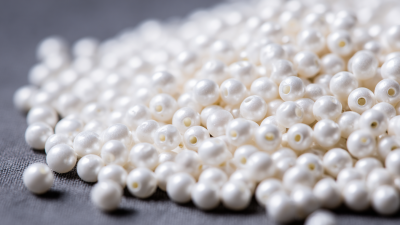When selecting the appropriate 65 Zirconia Bead for various industrial applications, it's essential to understand the unique properties and benefits this material offers. The global zirconia market is projected to reach $3.7 billion by 2025, driven by the increasing demand for zirconia in various sectors, particularly in ceramics, dental applications, and manufacturing processes. The 65 Zirconia Bead, known for its superior hardness and durability, is particularly favored in milling applications, where it significantly enhances grinding efficiency and reduces contamination.
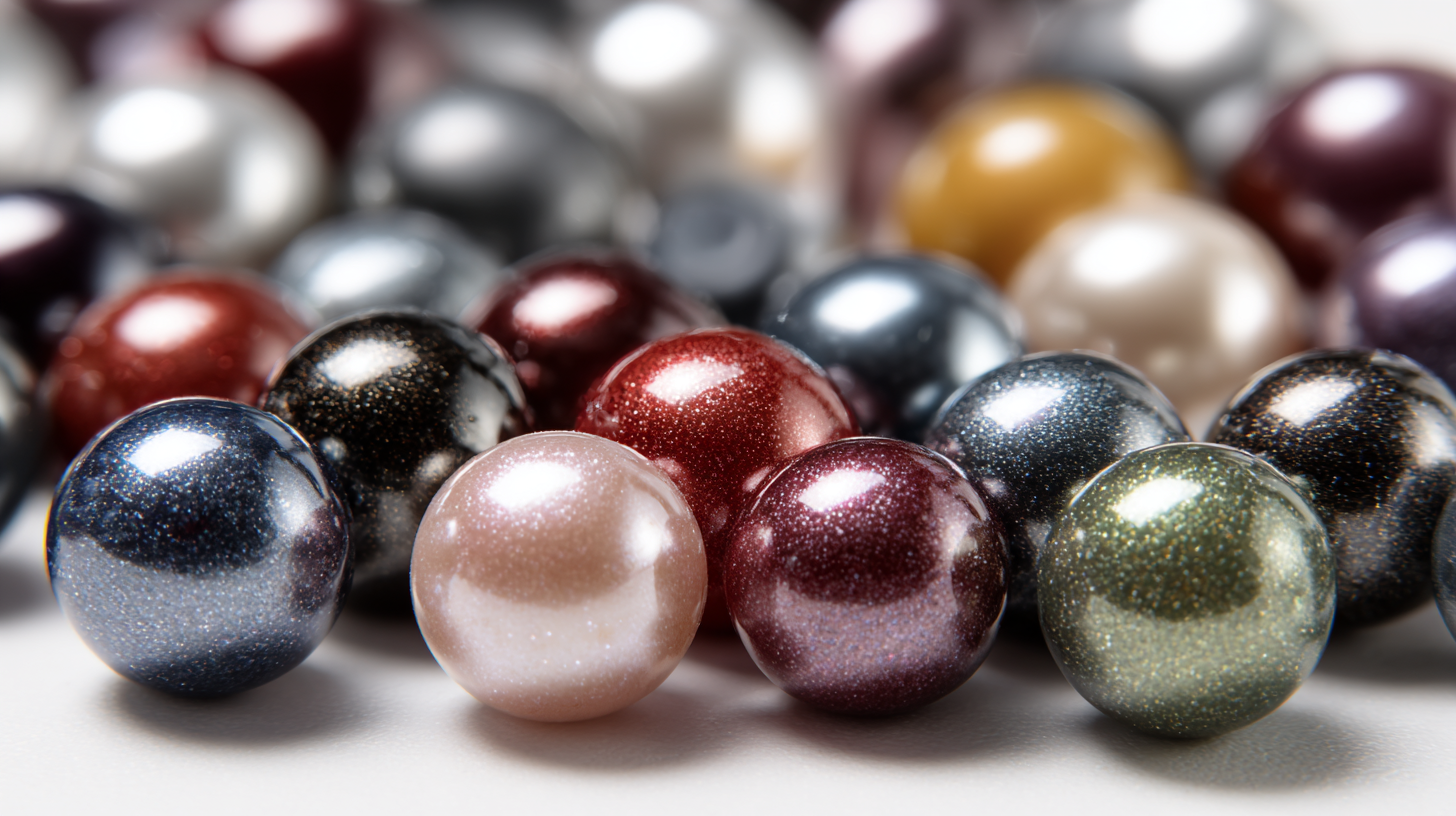
As industries continue to prioritize precision and quality, choosing the right type of 65 Zirconia Bead can directly impact productivity and cost-effectiveness, making informed decision-making crucial for businesses aiming to optimize their processes and achieve desired outcomes.
When selecting the right 65 zirconia beads for various applications, it’s essential to understand the distinct types available on the market. Research indicates that the global market for zirconia beads has grown significantly, with projections suggesting a CAGR of around 5% from 2021 to 2026. This growth is driven by the increasing demand in industries such as ceramics, electronics, and pharmaceuticals, where the properties of zirconia, such as high durability and resistance to wear, are paramount.
Different applications may require specific characteristics, making it crucial to match bead types to usage needs. For instance, while toughened zirconia beads are ideal for milling and grinding applications due to their enhanced strength and impact resistance, conventional zirconia beads are often preferred for polishing and surface finishing due to their smoother finish. According to a recent materials science report, beads with a higher density (such as high-performance zirconia) are better suited for high-energy applications, ensuring optimal efficiency in processes like jet milling or ball milling. Understanding these specifications is vital for industries looking to optimize their processes and achieve desired outcomes.
This chart illustrates the different types of 65 zirconia beads available for various applications, including their common use cases and properties.
When selecting the appropriate
65 zirconia beads
for your applications, it's crucial to evaluate their performance characteristics meticulously. According to a report by the
Advanced Materials Research Journal, these beads have exceptional hardness and wear resistance, making them ideal for grinding and milling operations.
Specifically, their Vickers hardness can exceed 1200 HV, which is significantly higher than that of traditional grinding media.
This characteristic ensures a longer lifespan and reduced frequency of media replacement, translating to cost savings in industrial applications.
Another important factor to consider is the density and size distribution of the zirconia beads. A study published in the
Journal of Materials Science highlighted that a narrow size distribution enhances the efficiency of particle size reduction processes.
In practical terms, beads with a diameter of around 0.5 mm to 1.0 mm demonstrate optimal performance in various slurry applications due to their ability to achieve finer particle sizes.
Moreover, their specific density, typically around 6.0 g/cm³, contributes to better impact energy transfer, ultimately improving the overall processing efficiency.
Hence, selecting the right 65 zirconia beads involves a comprehensive analysis of these critical performance indicators.
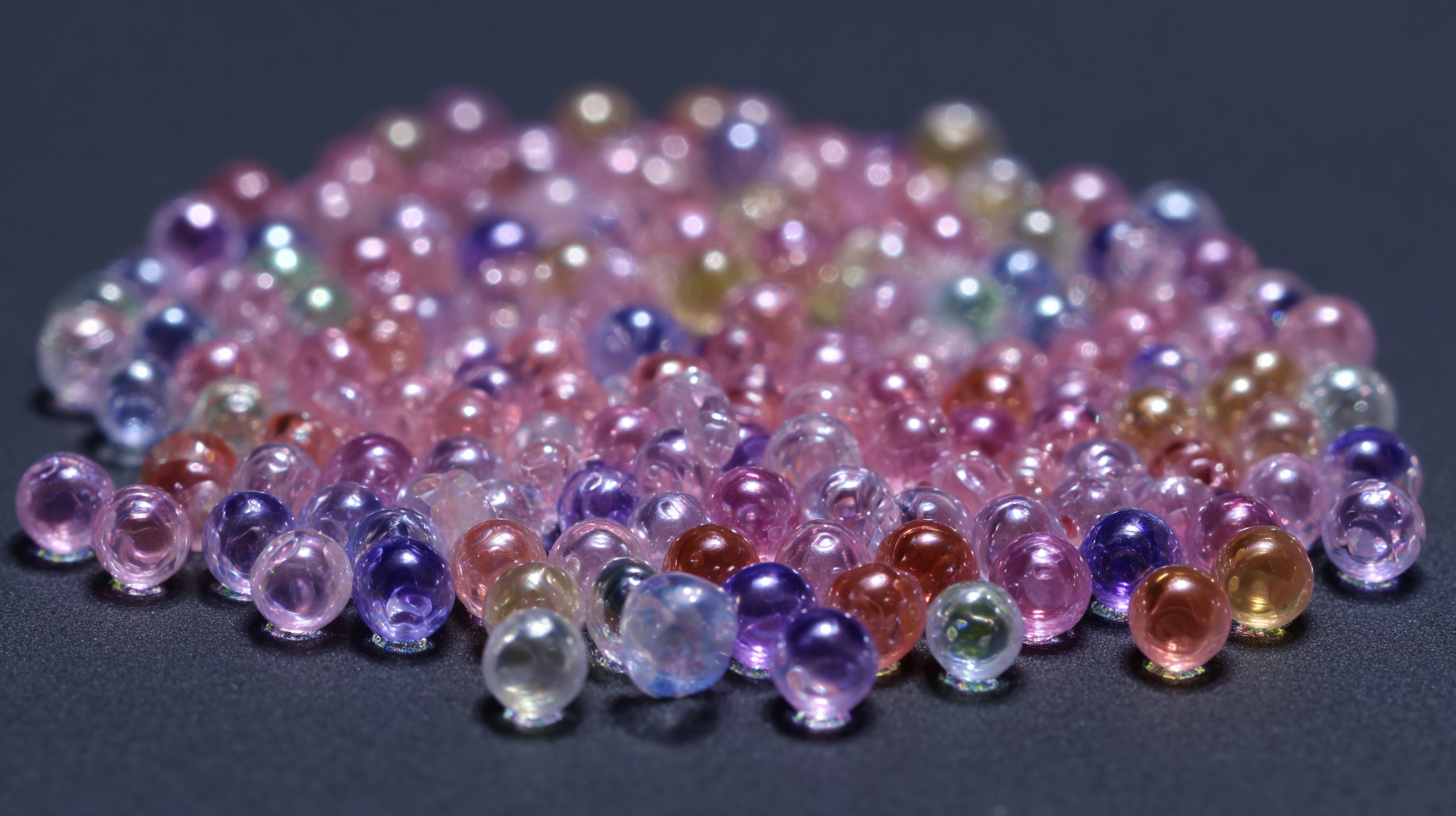
When selecting the right 65 zirconia bead for your applications, there are several key factors to consider that can significantly impact performance and results. First, it's essential to evaluate the bead's size and shape. According to a report by the International Ceramics Society, the diameter of zirconia beads often ranges from 0.1 mm to 5 mm, affecting the mixing efficiency and surface area for reactions in various processes. The choice of size directly correlates to the desired outcome in applications such as milling, mixing, or dispersing materials.
Another crucial factor is the purity and composition of the zirconia. High-purity zirconia beads typically contain at least 95% zirconia, which can offer superior durability and resistance to wear. The American Ceramic Society emphasizes that using beads with higher purity levels can lead to improved performance in high-energy milling processes. Additionally, consider the bead's hardness, as a higher Vickers hardness rating ensures longer life and greater performance in tough applications.
Tips: Always conduct a small-scale test with different bead sizes to determine the most effective option for your specific project. Additionally, reviewing supplier data sheets can provide valuable insights into the performance characteristics of various zirconia beads, aiding in making an informed decision.
When selecting the appropriate 65 zirconia bead for your specific applications, weighing the balance between
cost and quality is crucial. Recent industry reports indicate that while high-quality zirconia beads can range from
$150 to $300 per kilogram, their superior wear resistance and durability often result in
lower overall costs in long-term applications (Zirconia Market Insights, 2022). This is particularly significant in
industries such as manufacturing and precision engineering, where equipment reliability and product
performance are paramount.
Additionally, the influence of bead size and composition on
performance cannot be overlooked. According to a 2023 study by the Global Ceramic Materials Association, choosing the
right size and shape of zirconia beads not only optimizes the grinding or polishing process but also impacts the
end product quality. The right choice can lead to a significant
reduction in cycle times and maintenance costs, often resulting in a total cost savings of up to
20%. Thus, investing in high-quality zirconia beads may present a more
economical choice in the long run, justifying the initial higher expenditure while improving overall
production efficiency.
When selecting the right 65 zirconia beads for your applications, it's essential to consider their varied uses across industries. These beads are favored in areas like dental applications, precision grinding, and cosmetic products due to their high durability and resilience. A report by the Ceramic Week 2023 indicates that the demand for zirconia beads in dental restorations has increased by 15% annually, attributing this growth to their biocompatibility and strength, which are crucial for long-lasting dental work.
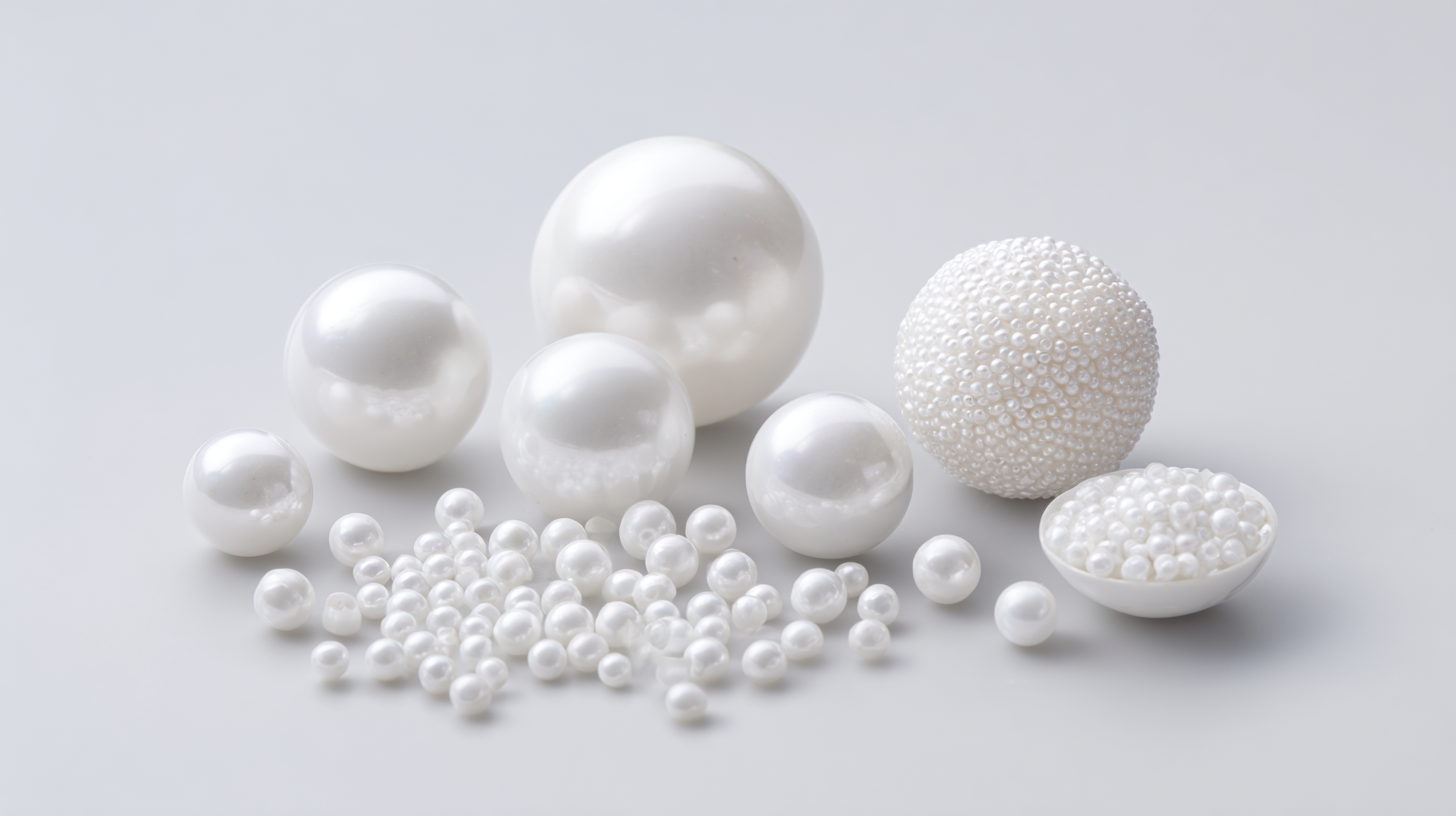
Furthermore, the abrasive industry has seen significant advancements with 65 zirconia beads, specifically in high-performance grinding media. The 2022 Abrasives Market Analysis notes that the use of zirconia beads has improved grinding efficiency by nearly 30% over traditional media. Their unique properties, including low wear rates and high toughness, make them suitable for various materials, from ceramics to metals. As industries evolve, finding the perfect match of 65 zirconia beads tailored to specific applications ensures optimal performance and cost-effectiveness.

